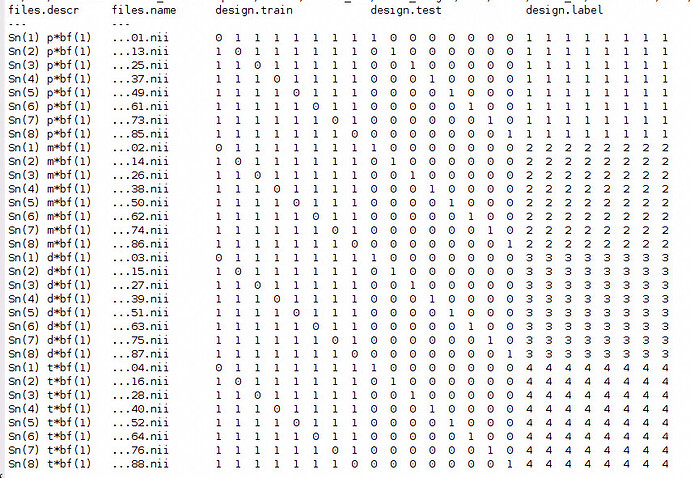Hello, I want to run an experiment comprising 3 or 4 runs. Separate runs are just a way to allow subjects to take some rest, but the conditions are the same in all runs. There are, say, 5 conditions (eg words, faces, tools…), which are organized in short homogeneous blocks (e.g. 10 faces, 1/second, ie 10 seconds per block) . In other words, runs consist in the random alternation of 5 types of short blocks. Let’s assume that I want to decode faces from tools. I speculate that the best CV design would be:
(1) to create a GLM with 1 regressor per block + 1 regressor per run
(2) on each cv step, leave out one random “faces” block and one random “tools” block, just ignoring the distinction between runs.
My questions are:
- Am I correct?
- Would the decoding be easy to implement using TDT?
Thank you very much in advance!
LC

